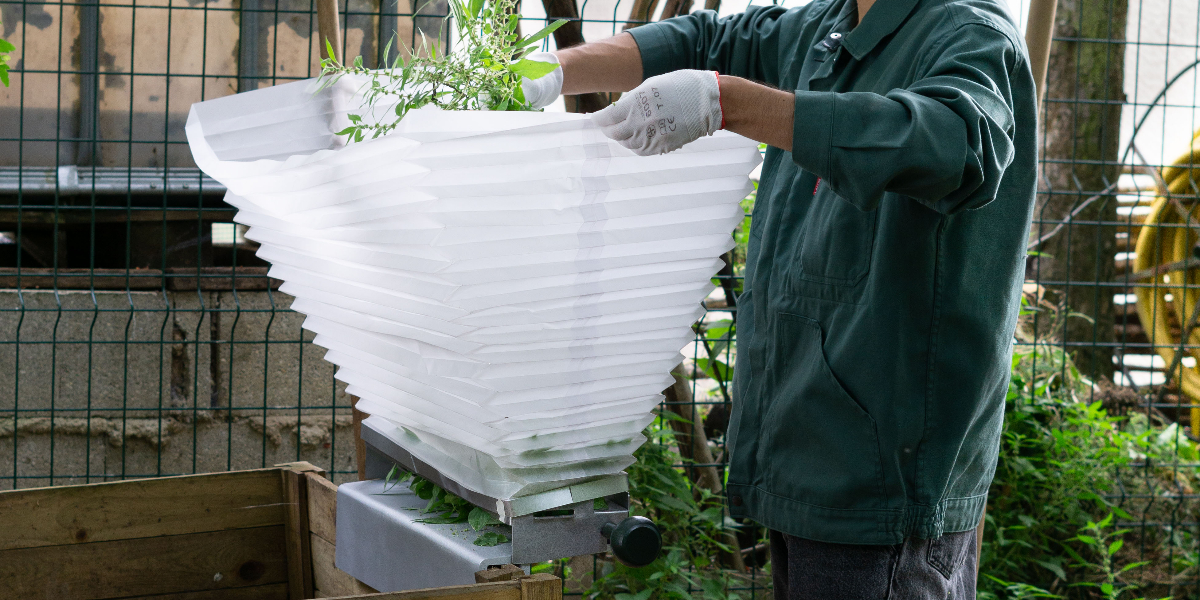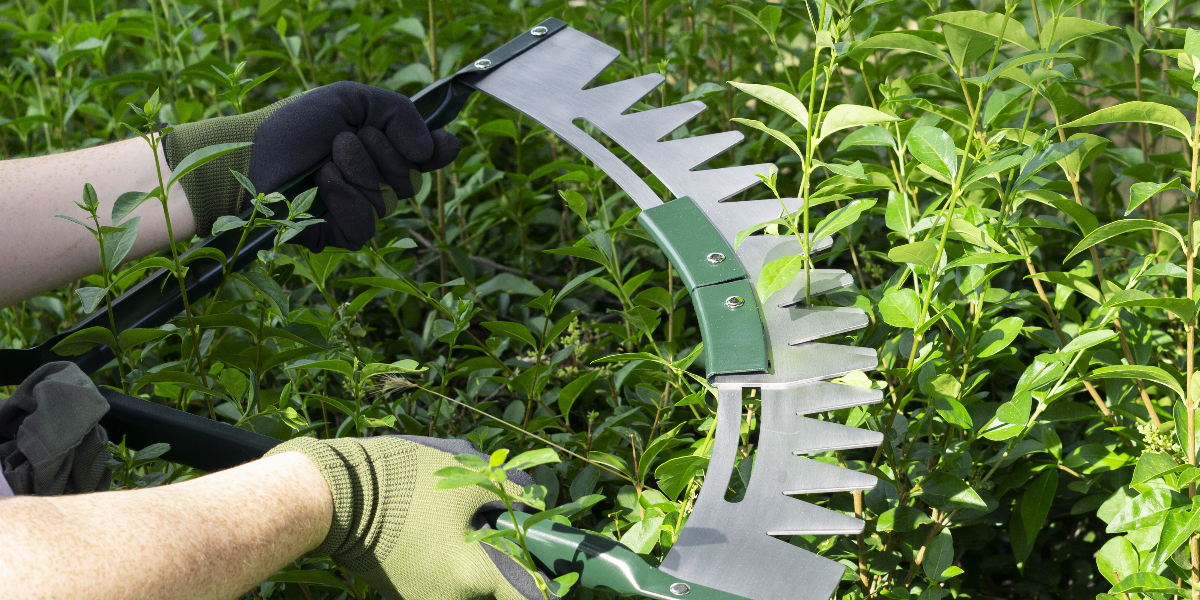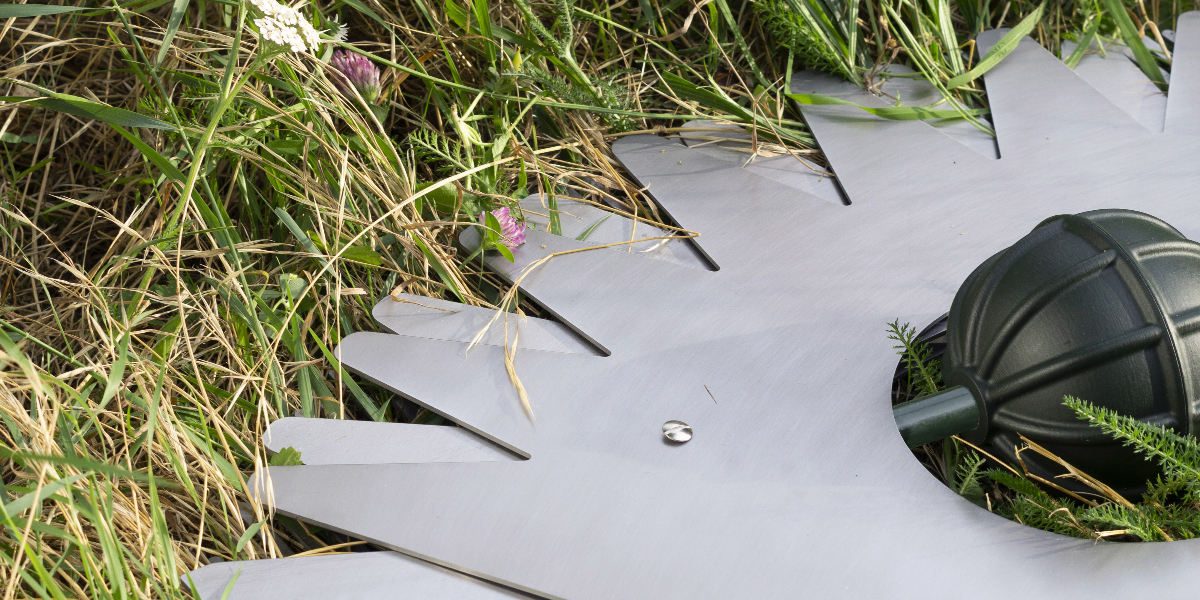AÑO
2023
CATEGORÍA
Hogar
OBJETIVOS
Producción y consumo responsables
PAL. CLAVE
low-tech, Permaculture, Gardening, silent, tools
PAÍS
France
CRÉDITOS
Super Solide
LINK
https://www.super-solide.com
Silent gardening tools
Three quiet, motorless garden tools for small to medium sized home gardens.
How does it work?
To get out of motorization, We are referring to tools with simple mechanics, like the hand-crank mixer, multiplies the energy of the hand and gives a reasonable speed to its function. Our project is between the manual and power tool, it’s intended to be less laborious than the hand tool considering time and effort, and lighter and quieter than the motorized device.
We are developing a tool for cutting both lawn and long grass, an hybrid between a mower and a mechanical brushcutter. Then a mechanical hedge trimmer and a mechanical mulcher to re-use the plants cut with the previous tools. The mechanical principle used for my tools is similar to a pair of scissors: two or more articulated blades slide over each other. In the hedge trimmer, it is the spring effect of the steel that activates the blades, the mower's cutting mechanism is activated by the wheels and is pushed like normal machines. Then for the mulcher, the blades are activated thanks to the translation of the handle.
Why is it needed?
Motorized gardening machinery conveys an image of power, getting out of motorization allows the target of these objects to evolve, getting out of the gender stereotype: that you have to be a strong man to pass the mower. Often disproportionate to the surfaces to be maintained, they also give rise to a lot of neighborhood conflict, linked to noise pollution.
These three objects combine each other and form a necessary for the maintenance of the garden. They outline new gardening practices, more respectful of insects, plants and neighbors. "Low-tech" tools are at the same time an advance for the production of sustainable objects, less greedy in energy and materials and it’s also a way to (re) producing locally thanks to a drastic reduction of parts and a global simplicity of the machine.
How does it improve life?
Quiet tools permit to reconnect with nature and discover and shape the garden beyond control and power. We propose a permaculture model where humans intervene as little as possible. The mechanical hedge trimmer respect the birds and nests in the hedges and the mower permit to alternate more easily between areas of grass for passage/living areas and flowering areas meadows reserved for insects. The readability of the mechanisms of these tools, we involve in their operation and encourage us to better maintain them and keep them over time. With the climate challenge, we believe that the designer must reduce the consumption of energy and materials necessary for everyday objects, but without drastically upsetting the habits and comfort of users. We will hope to draw a real Domestic Transition, so that our objects are more robust but desirable.





